Ukrainian soldiers described Russia's long-range defense line as a "steel wall" that armored columns could not penetrate.
The attack began on June 8 with about 100 soldiers, two Leopard 2A6 main battle tanks and several US-made M2A2 Bradley infantry fighting vehicles, a Ukrainian soldier involved in the battle told the WSJ . Their plan was to join two other forces to attack the Russian-controlled town of Tokmak in southern Zaporizhzhia province.
As soon as the Ukrainian regiment crossed the road on the outskirts of Mala Tokmak, Russian BM-21 Grad rocket launchers began to fire heavily at their formations, while the entire surrounding fields were mined. Russian helicopters and fighter jets also continuously circled the nearby area.
"Our formation did not advance more than 3 km, then a Leopard tank was hit and disabled. The enemy was waiting in fortified positions. That line was like a steel wall. It was terrifying," the 28-year-old Ukrainian soldier recalled.
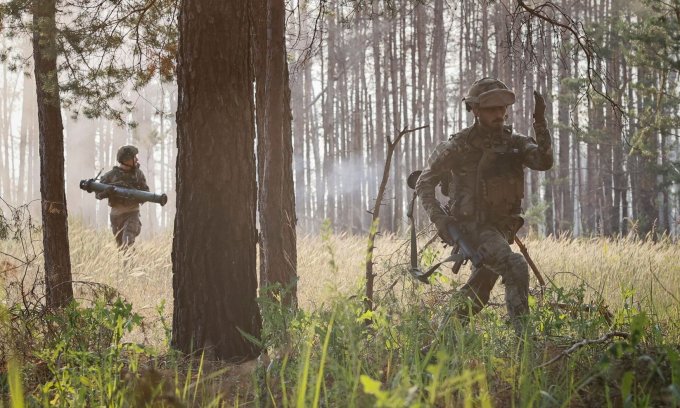
Ukrainian soldiers fight in the Kreminna direction in Lugansk province on June 9. Photo: AP
The Russian military has spent months building a multi-layered defense line in Zaporizhzhia province, aimed at preventing Ukrainian forces from cutting off the land corridor from the Donbass region to the Crimean peninsula. The open terrain in Zaporizhzhia also makes Ukrainian armored units vulnerable to detection and ambush with a variety of firepower long before they reach Russian lines.
Ukrainian officials have been tight-lipped about the pace of the counteroffensive, but have said it will take time and casualties are inevitable.
Before the offensive, Western countries had provided Ukraine with billions of dollars in weapons and trained tens of thousands of soldiers. Kiev needed to prove to its partners that such efforts could translate into major advances on the battlefield.
Western military analysts say the main counter-offensive has yet to begin, as most of the modern weapons provided by the US and its allies are still absent from the fronts.
Some Ukrainian units on the eastern edge of Zaporizhzhia province claim to be gaining ground. The head of a minesweeper, nicknamed Finn, says Ukrainian naval infantry have seized small areas near the village of Velyka Novosilka in Donetsk province, boosting morale.
"We will certainly take casualties, but we always try to inflict more casualties on the enemy," Finn said, adding that the wet conditions in the area pose many challenges for Western-supplied equipment.
After two weeks of non-stop rain, the US-made MaxxPro mine-resistant armored vehicles sometimes got bogged down in soft ground because of their low ground clearance. "They're designed for urban and desert combat. We often had to struggle with them when operating them," Finn said.
The “iron fist” brigades, built and equipped to NATO standards by Ukraine, also face difficulties because some officers are not fully trained and lack real combat experience. “They often lose their bearings in stressful situations,” Finn admitted.
Ukrainian armored tank convoy attacked by Russia on June 8. Video : Telegram/Voin_Dv
The 28-year-old soldier fighting in the Tokmak direction had been warned by his commanders that this counteroffensive would be far different from what had happened in Kherson and Kharkov in September 2022. He was tasked with operating a machine gun on a Humvee, but spent much of the night in hiding as Leopards exchanged artillery fire with Russian tanks.
"We knew it would be difficult. The morale was still very good, even knowing that the Leopard tanks had been knocked out of action," he said.
"The Ukrainian armed forces are trying to do what no European army is capable of at the moment, which is to maintain large-scale combined arms operations against a peer opponent in a high-intensity war between two countries," said Franz-Stefan Gady, a defense analyst in the UK.
Gady said the US is the only Western country currently capable of carrying out a complex attack like Ukraine, but stressed that Kiev does not have the same ability to dominate the skies as Washington.
"Russian forces made extensive use of helicopters and unmanned aerial vehicles (UAVs) to attack Ukrainian armored formations and provide guidance for artillery. They operated freely because Ukraine's frontline air defense capabilities were very limited," Gady said.
Phillips O'Brien, a professor of strategic studies at the University of St. Andrews in Scotland, said Ukraine was at a huge disadvantage because it could not control the skies. "For decades, no military has attempted to attack a fortified position without first gaining air superiority. Many people forget how difficult the situation is for Ukraine," he said.
Vu Anh (According to WSJ )
Source link


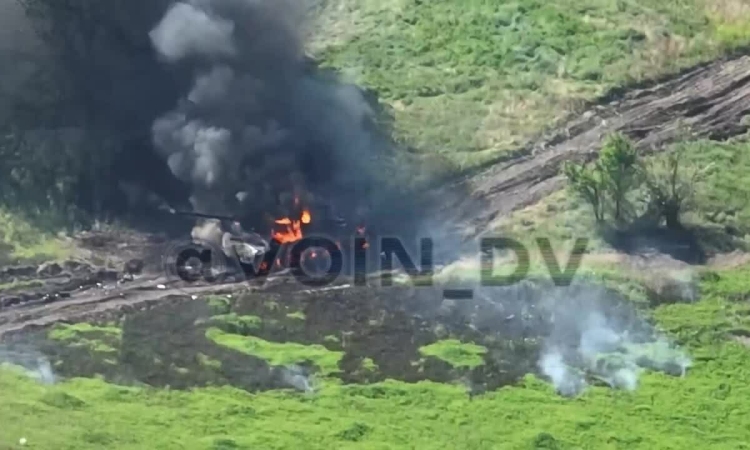
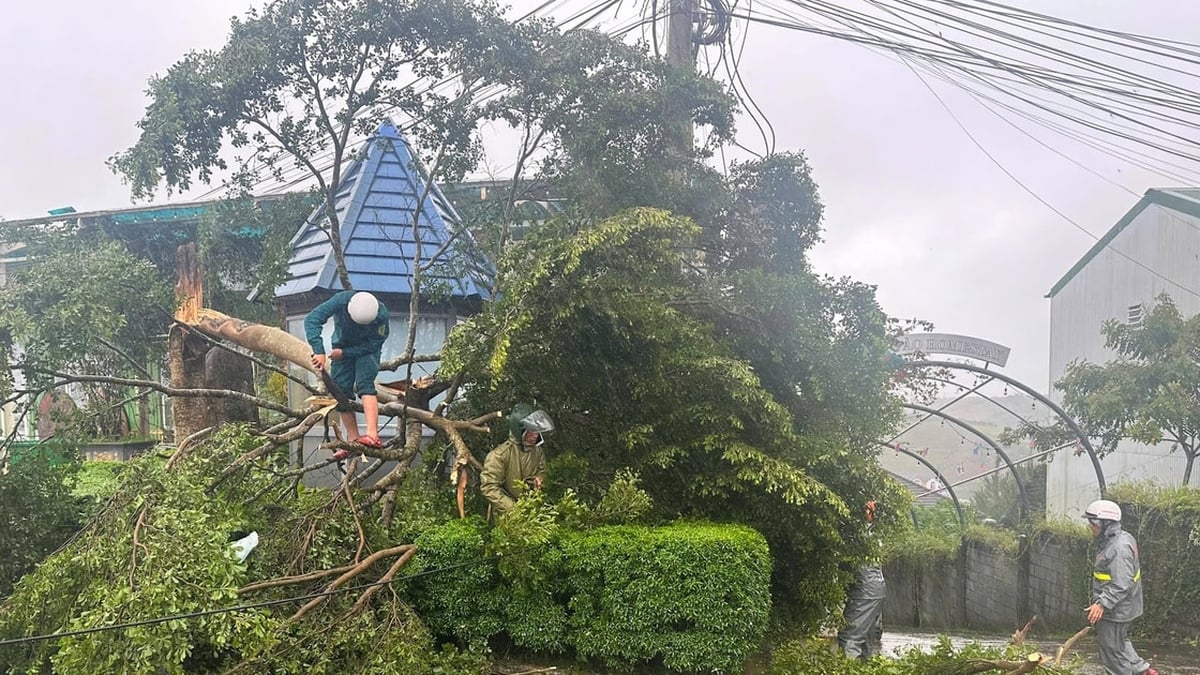

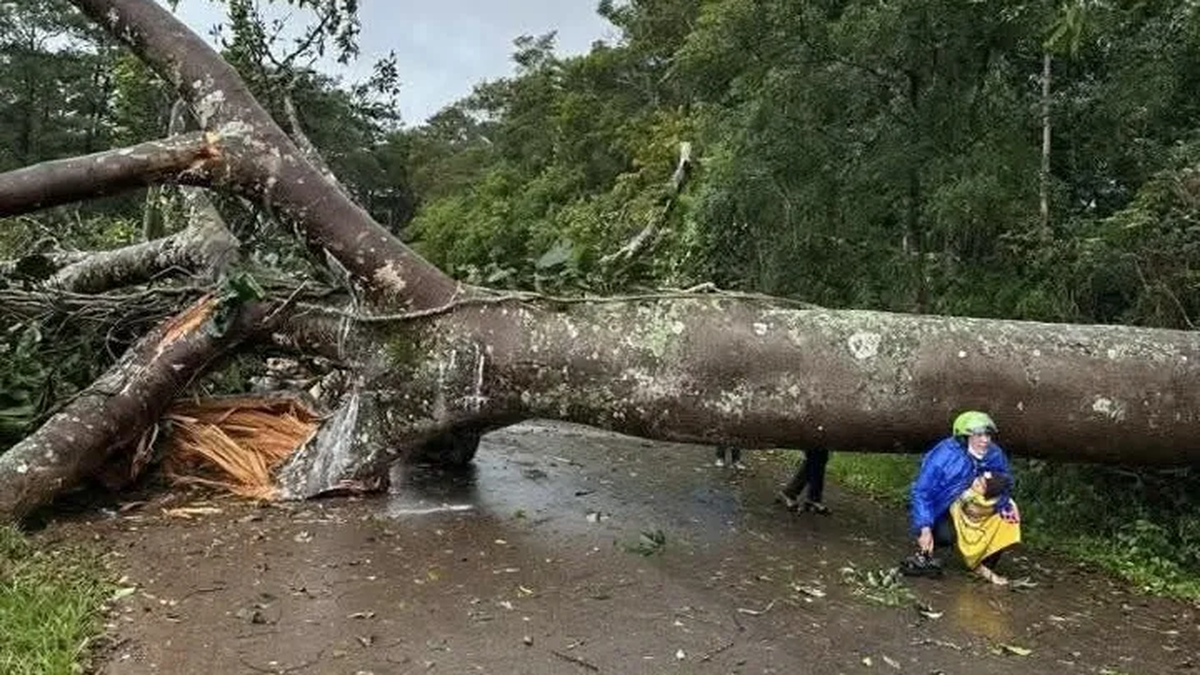
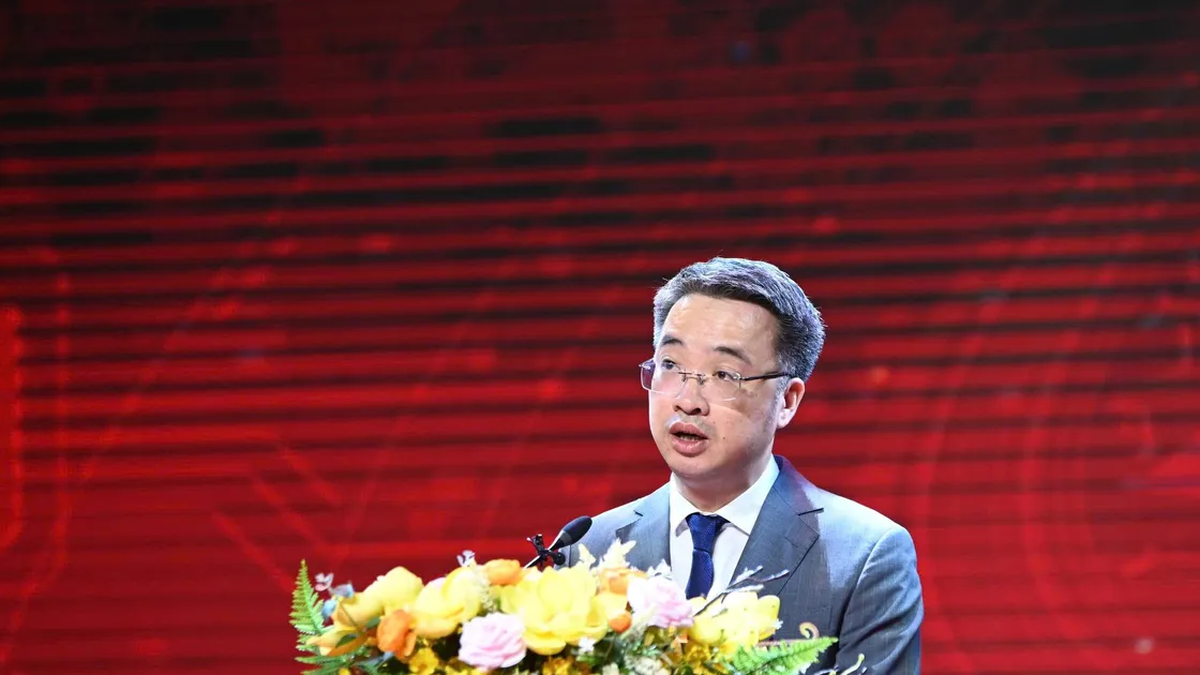
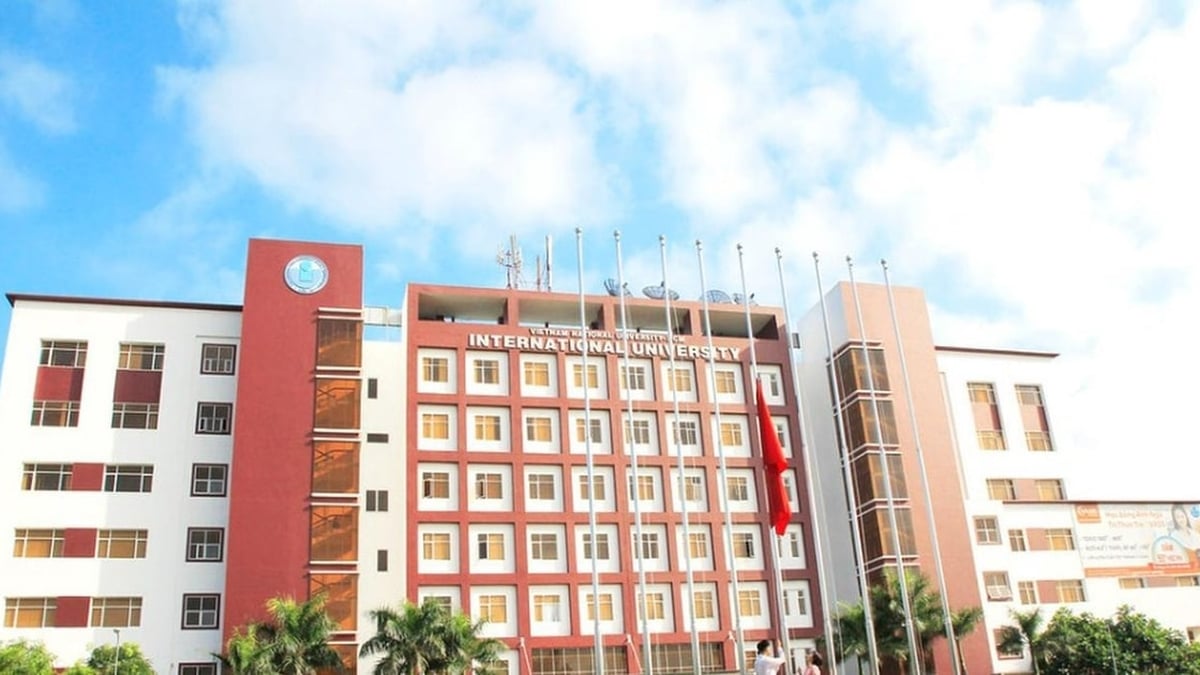
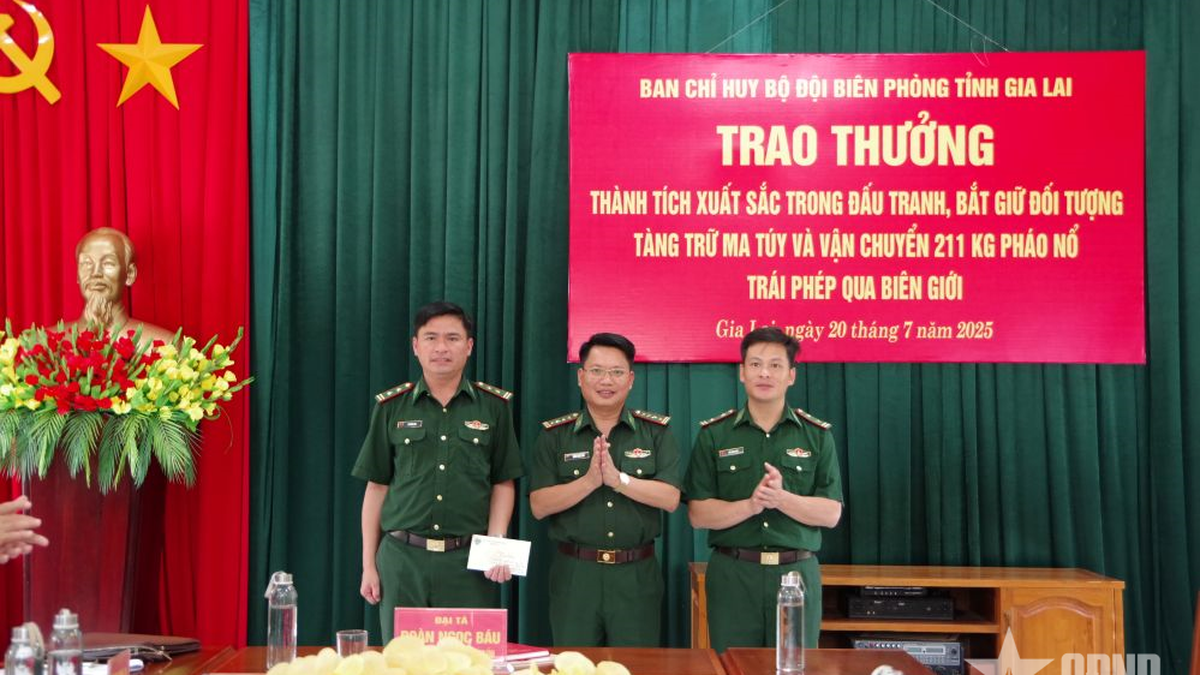
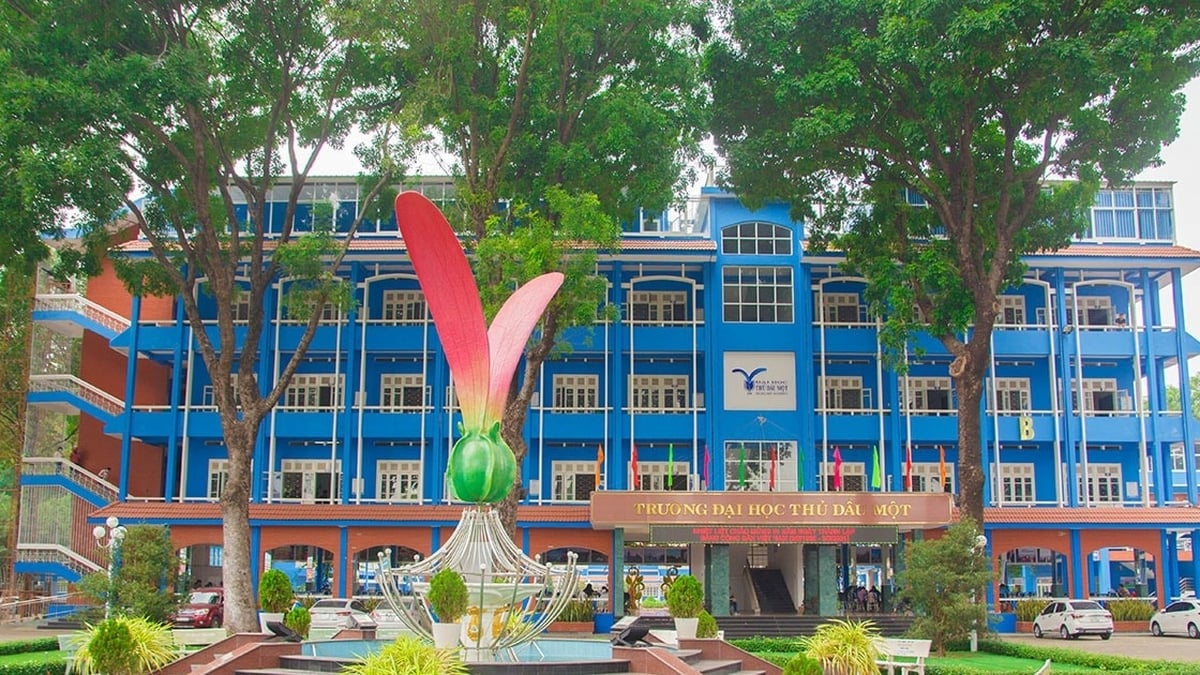














![[Photo] National Assembly Chairman Tran Thanh Man visits Vietnamese Heroic Mother Ta Thi Tran](https://vphoto.vietnam.vn/thumb/1200x675/vietnam/resource/IMAGE/2025/7/20/765c0bd057dd44ad83ab89fe0255b783)








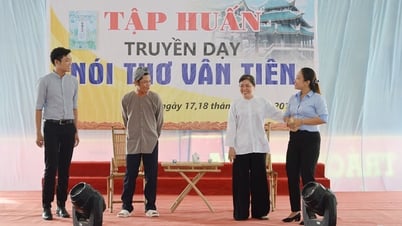

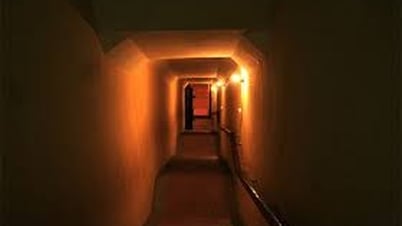

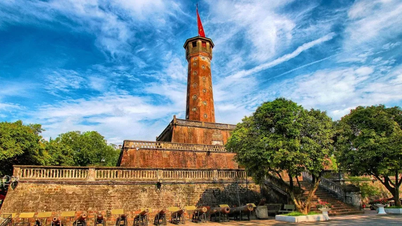























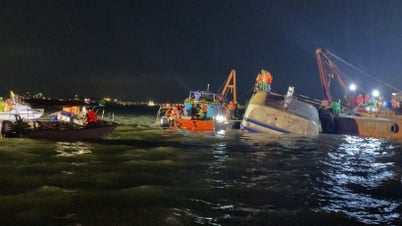


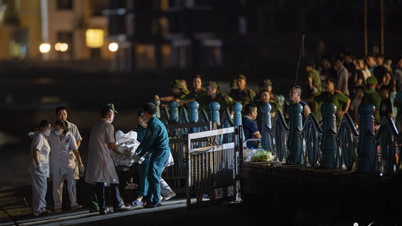

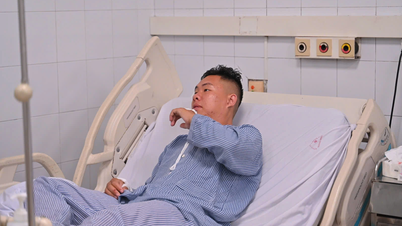
































Comment (0)